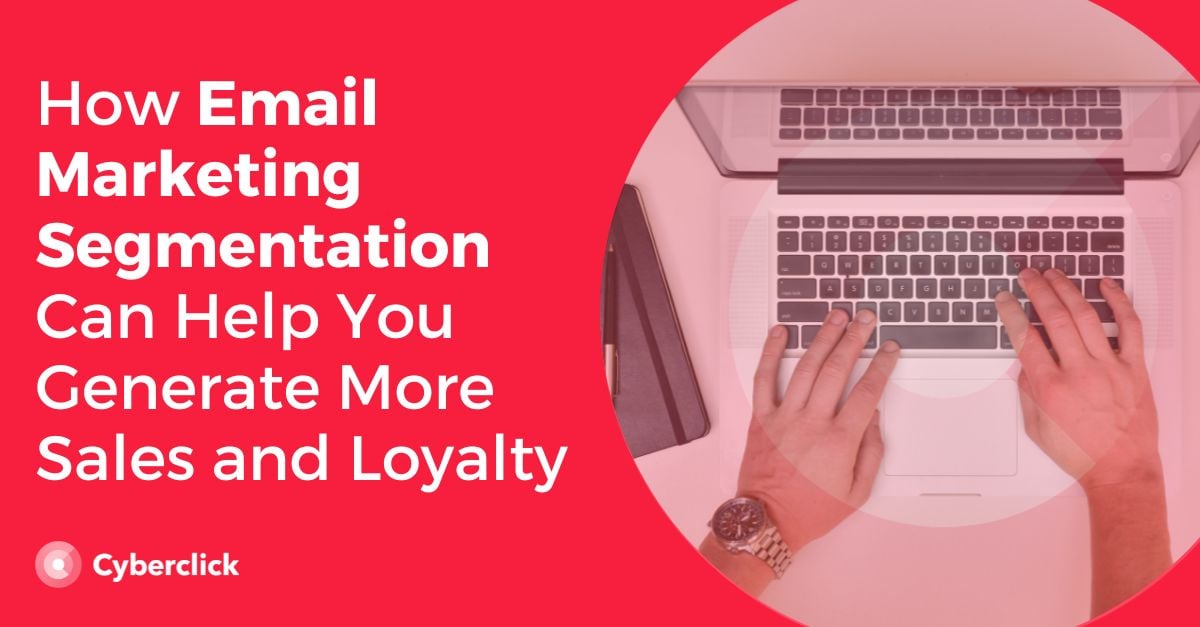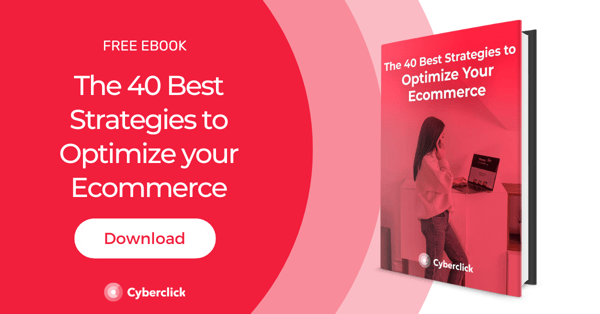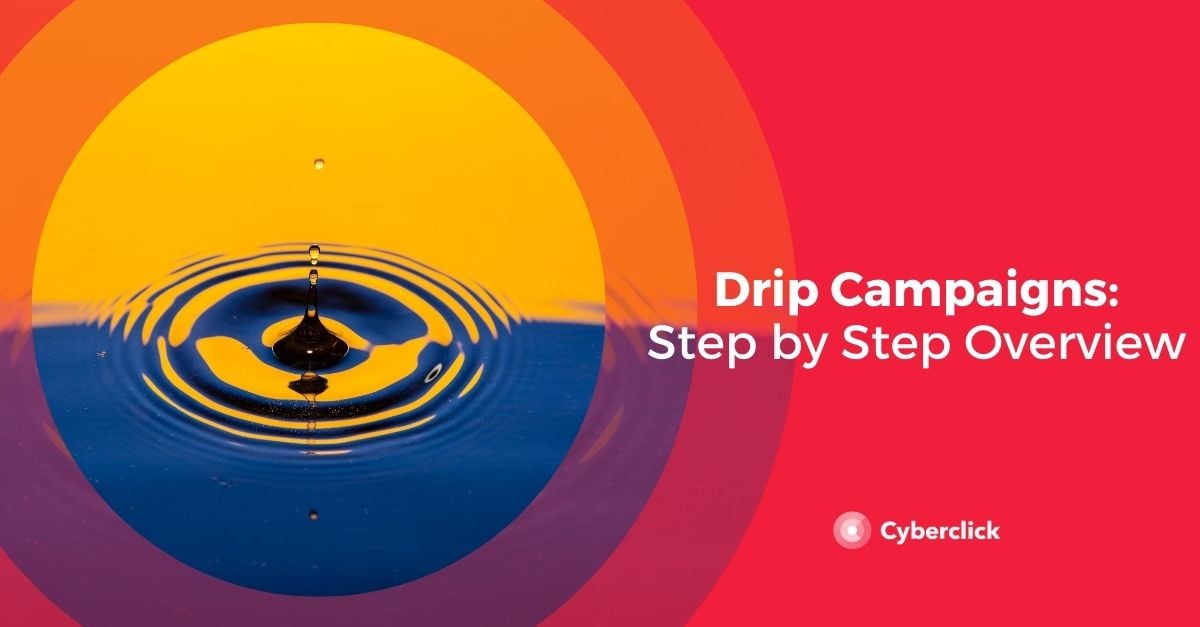Did you know... segmenting your email marketing can increase your open rates by 203% according to Hubspot?
Mass email marketing campaigns don't work anymore. Now, to get results, you need to reach the right people at the right time. To achieve this, you must leverage email marketing segmentation wisely.

What Is Email Marketing Segmentation?
Email marketing segmentation is all about categorizing email contacts into different groups based on predefined criteria. This way, people who share similar characteristics are placed in the same group.
Email marketing segmentation facilitates personalizing campaigns and ensures that all messages are relevant to each subscriber. Because emails resonate better with subscribers' pain points, wants, and needs, the engagement rate improves and you’re able to increase open, click-through, and conversion rates.
There are many different types of segmentation criteria depending on the type of company and the customer profile you are targeting. For example, you can segment your list according to:
- Location: The place where your contacts reside or the currency in which they buy, for example.
- Demographic segmentation: The demographic attributes, including age, gender, and income.
- Language: If your website contains pages in different languages, it’s essential to address your contacts in their primary language.
- The company they work for/position they hold: This is relevant for B2B brands.
- Activity on your website: You can target an email marketing campaign to people who have visited a specific product page or have an abandoned cart.
- Level of interaction with the brand: You’ll have more success sending emails to active users rather than those who haven’t visited your page for months.
- Stage of the conversion funnel: You can use this to design lead nurturing strategies that accompany users during different stages of the conversion path.
How to Segment Your Email Marketing Step by Step
Clean Your Database
Before carrying out any email marketing activities, it’s important to make sure that you have a high-quality database. Over time, it’s normal to have outdated contacts, invalid data, or even people who never want to receive your emails.
To clean up your database, you first need to remove contacts who are inactive. Delete email addresses that have hard bounced, make it easy for subscribers to unsubscribe, and identify inactive or low-quality contacts. Once this is done, organize the remaining contacts and eliminate possible duplicates.
Define Your Buyer Persona
In order to have good segmentation in email marketing, you have to know precisely who you are targeting. If you haven't already done so, it's time to define your buyer persona. Your buyer persona is your ideal customer. Therefore, the contacts in your database that are closest to your buyer persona will be the ones most likely to convert.
Keep in mind that the behaviors and needs of your buyer persona may evolve over time, and it’s also possible that new user profiles may emerge. Therefore, your buyer persona should be updated periodically.
Define Your Objectives
Email marketing is a very flexible tool that adapts to all types of brands, budgets, and needs. But to use it with precision, it’s necessary to determine what you want to achieve. In order to properly segment your campaign, you should ask yourselves what you want to achieve with it: content downloads, product purchases, loyalty, etc.
With your objective in mind, you can decide which users should receive your campaigns and think about what type of content to use to attract them.
Define the Stages of Your Buying Process
Each of your contacts requires different messages and segmentation strategies as they progress through the buying process.
There are many ways to classify users according to the stage of the buying process they are in. One of the most popular ways is based on the temperature of the lead:
- “Cold” leads are the ones that have just left you their emails and are still in the early stages of the buying process.
- “Warm" leads are those who have already identified a problem or need related to your brand and are looking to solve it.
- “Hot" leads are those who are ready to convert to customers.
Establish a Segmentation Methodology
To simplify the entire email marketing segmentation process, you can use different methodologies that automate the process:
- Lead scoring: This technique defines a scoring system where points are assigned to each lead based on his or her characteristics and previous interactions with the company.
- Predictive scoring: This option uses machine learning algorithms to analyze which contacts are most likely to convert next. You can then segment your email marketing list accordingly.
- Dynamic lists with pre-established criteria: With this model, you define a series of entry criteria in a list and then the contacts join or leave them depending on their status.
Measure the Results and Apply What You Have Learned
From time to time, you should stop to analyze what is happening with your email marketing according to the objectives you have previously defined. Are you managing to improve your open, click, download, or conversion rates? Which lists are working best? Use the findings to refine your segmentation criteria and make your email marketing more effective than ever.
Licenciada en Publicidad y Relaciones Públicas por la UAB. Digital Marketing Strategist en Cyberclick.
Degree in Advertising and Public Relations from the UAB. Digital Marketing Strategist at Cyberclick.






Leave your comment and join the conversation